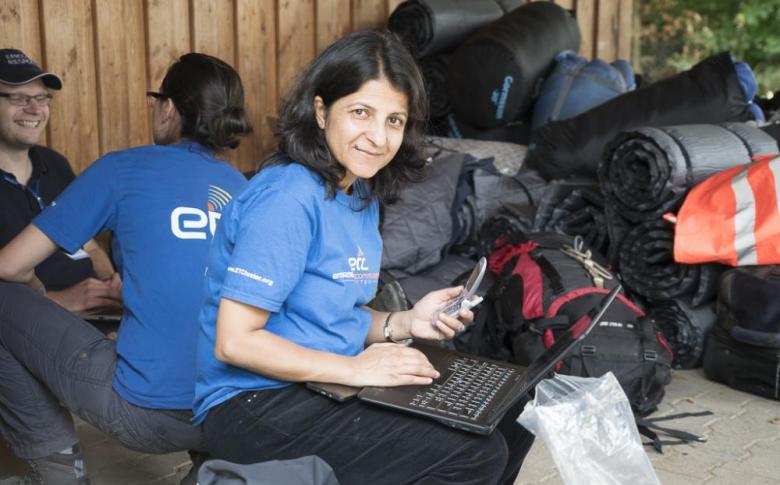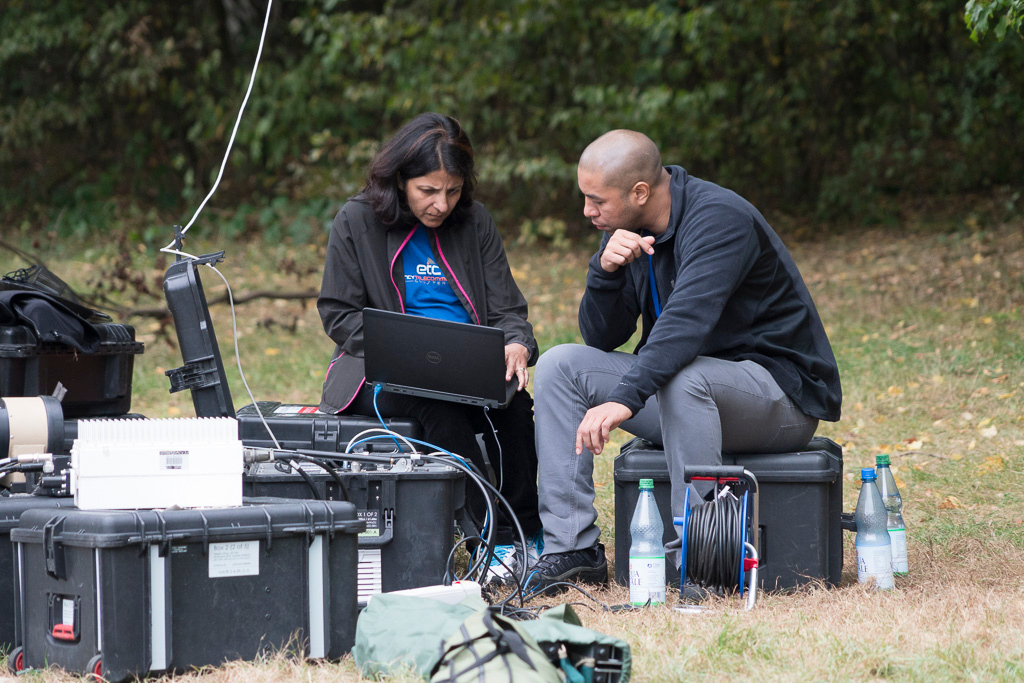What are the next steps in the collaboration and national capacity building around drones?
The Government of Nepal – the Ministry of Home Affairs and CAAN in particular - have recently issued a policy for drone importation and operation in the country. This was highlighted during the event, and participants familiarized themselves [with it] during the training. Also, the next steps were clarified through a panel discussion with the authorities. After acquiring hands-on knowledge on the use of drones in humanitarian action, several key recommendations were formulated by the participants and facilitators for consideration by the Nepal Government. Some of these recommendations were: the need to promote a research environment on drones and airspace; formulate regulations under the National Emergency Operation Center for timely emergency response; establish digital platform for drone activities in the country, raising awareness on operation and importation rules as well as certification to fly drones.
It seems that for the ETC, all roads lead to Nepal: when the ETC2020 strategy was adopted in 2015, Nepal hosted the first ETC Communicating with Communities (CwC) project. Now Nepal closes a series of WFP Drones training and there is keenness to further engage with this technology. What explains such a favorable climate for innovation in Nepal?
Nepal is a very peaceful country. It is a favorable place for experts to try new technologies, because the regulatory bodies are very receptive: if we come up with proposals that make sense such as emergency preparedness for earthquakes or floods, they go for it. This is the credibility we [WFP] have developed through various initiatives collaborating with the government. I think we have done a good job to win the trust of the stakeholders, so we are regarded as an organization that can make a difference in the country.
You have over 20 years of experience in the Information and Communications Technology (ICT) sector and drones are just one of many technological innovations that WFP is currently integrating in their operations. In your opinion, what is the most important technology adopted by humanitarian organizations in recent years, and why?
In [all] those years that I have been involved with WFP and the ETC, the organization has constantly adapted itself to be able to deliver more according to the needs of the affected populations. Donors would like to see us work more efficiently, so we bring the most value for money and best results for our beneficiaries. The ETC has really understood the essence of how we need to evolve constantly, in terms of implementing new technologies. So, I think digital transformation at large is the most important innovation (…) The ETC and WFP ICT systems now involve not just “keeping the lights on” and providing IT and Security Communications to humanitarians, but they become a part of the business to enable more people through technology, to serve more people in a shorter time through automation.

